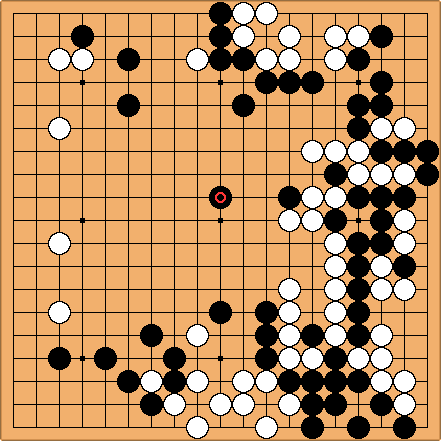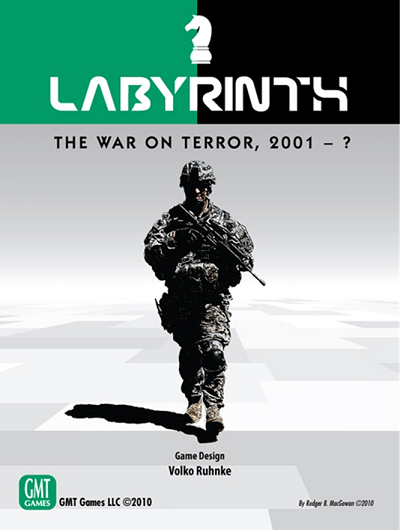[ by Charles Cameron — from the Crimea to jihad, via “perhaps the most famous move in the history of go” ]
.
As usual, my interest here is not in the geo-polemics of the affair, which I leave to others, but in the formal properties of the presentation. In this case, the form in question is a type of map I’m inclined to call a surround, threat or seige map depending on circumstances. Here, juxtaposed as is my style, are two versions:
Zen posted the upper image on this blog earlier today, and I saw it around the same time I found the lower image in my Twitterfeed.
**
What each of these maps shows is an area x surrounded by the forces of y, with different emphases in the two cases — and note the ironic caption of the second!
What they remind me of is a Go board, in which each side is, so to speak, surrounding, threatening or besieging the other, simultaneously.
In 1846 in what I gather is one of the classic games of Go, a youngster named Shusaku played against a renowned master, Gennan Inseki, st one point in the game making a single move — which gave its name to the game as a whole — known as the ear-reddening move:
Note how distant that move is from other pockets of play, and how central to the game as a whole.
As Arno Hollosi and Morten Pahle at Sensei’s Library describe the Ear Reddening Game
This move is called the ear-reddening move. Gennan’s disciples were watching the game and not one of them doubted that Gennan would win. But a doctor, who also had been watching the game, thought that Gennan would lose. When pressed for an answer he replied: I don’t know much about the game, but when Shusaku played B1 [ie: the marked move] Gennan’s ears flushed red. This is a sign that he had been upset.
B1 is a profound move having influence in all four directions. It expands black’s moyo at the top, it helps the four black stones below, it reduces the influence of white’s strong position to the right, and it also has an eye on white’s moyo on the left side. In short B1 is the central point for attack and defence.
Eventually Shusaku won this game by 2 points after 325 moves.
Gennan’s disciples read, or attempt to read, the board: the doctor reads the mind in a rush of blood to the ears.
That too is an interesting move — in another game entirely.
**
In an article in tomorrow’s The Economist subtitled To understand war, American officials are playing board games, brought to my attention today by PaxSims, we find this comment –
Board games can also illuminate the most complex conflicts. Volko Ruhnke, a CIA analyst, has designed a series of games about counterinsurgency. For example, Labyrinth: The War on Terror, 2001-? (sold by GMT Games of California) models “parallel wars of bombs and ideas”, as one reviewer puts it, on a board depicting much of Eurasia and Africa.
— fascinating to me because “wars of bombs and ideas” are what we have, and while a whole lot of effort goes into modeling “wars of bombs” it’s my impression that “wars of ideas” get far less attention.
Something I hope, in my own small way, to rectify.
**
But to get back to borders and surroundings?
The issue is a perennial one. Only today I was reading David Cook’s Understanding Jihad, on page 29 of which we find that the concept of the jihadist martyr as occupying the uppermost layers of paraise in the afterlife was extended, as time and events progressed, to include those who merely lived in (dangerous) border territory:
Cities are also associated with privileges of this nature — for the most part, cities in dangerous locations, such as those close to the Byzantine border, along the Mediterranean Sea (subject to regular Byzantine raids), in northern Persia facing the mountainous and unconquered area of Tabaristan, and in Central Asia. In all cases, those Muslims who guard the frontiers are assured either the rank of martyrs or the privileges of intercession after their deaths. It seems clear that the issue of intercession was a very powerful incentive for people to live in what would otherwise be undesirable locations.
Plus ça change…





